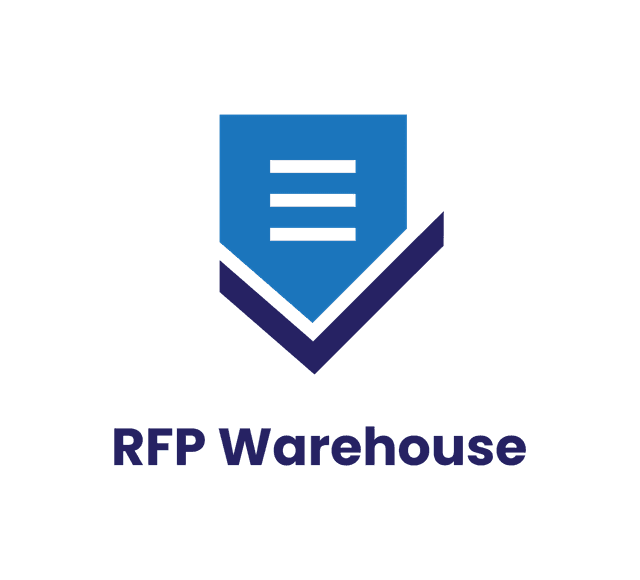What is Vendor Evaluation?
Definition
Comprehensive assessment of software vendors across product fit, security compliance, implementation capabilities, company qualifications, and total cost of ownership. Vendor evaluation uses weighted scoring systems with criteria like feature alignment, certifications, support quality, and financial stability."
Why This Matters
Structured evaluation separates actual capabilities from marketing claims. Using weighted criteria and specific questions helps you identify gaps between vendor promises and product reality before implementation begins. This disciplined approach prevents costly discoveries during deployment when changing direction becomes significantly more expensive.
The 5-Pillar Vendor Evaluation Framework
Effective vendor evaluation requires systematic assessment across five critical dimensions. Each pillar reveals different aspects of vendor capability, risk, and long-term partnership potential.
Pillar 1: Company Stability & Vendor Viability
Assess vendor's financial health, market position, and longevity prospects through comprehensive vendor due diligence. Vendor failure creates massive disruption, migration costs, and operational risk.
- Financial stability: Years in business, revenue growth, funding status, customer count, and financial runway
- Market position: Customer base size, market share, analyst recognition (Gartner, Forrester), competitive positioning
- Customer satisfaction: Retention rates, Net Promoter Score, customer testimonials, and review site ratings
- Company direction: Product roadmap, R&D investment, acquisition risk, and strategic focus alignment
Pillar 2: Product Capabilities & Functionality
Assess whether the solution meets your functional and technical requirements today and can scale with future needs. Focus on actual capabilities, not marketing claims.
- Core features: Validate must-have features through product demonstrations using your actual workflows, not vendor's canned scenarios
- Integration capabilities: Assess API quality, pre-built integrations, webhooks, and middleware compatibility (iPaaS support)
- Customization & scalability: Evaluate configuration flexibility, custom field support, workflow automation, and user capacity limits
- User experience: Test usability with actual end users (not just administrators), mobile experience, and accessibility compliance
Pillar 3: Implementation & Support Excellence
Evaluate the vendor's ability to successfully deploy and support the solution long-term. Implementation quality determines software ROI and user adoption success.
- Implementation methodology: Review deployment approach, timeline estimates, phase structure, and resource requirements from vendor and customer sides
- Training & enablement: Assess training programs (format, duration, certification), documentation quality, change management support, and adoption assistance
- Technical support: Verify SLA commitments, response times by severity, escalation procedures, support channels, and 24/7 availability
Pillar 4: Security & Compliance Validation
Verify vendors meet security compliance standards and regulatory requirements. Security failures create financial, legal, and reputational damage that far exceeds software costs.
- Certifications & audits: Require recent security audit reports for SOC 2 Type II, ISO 27001, and applicable industry certifications
- Data protection: Verify encryption standards (AES-256), data residency options, GDPR compliance, backup procedures, and deletion capabilities
- Access controls: Assess SSO support, MFA options, RBAC granularity, and session management
Pillar 5: Total Cost of Ownership & Pricing
Calculate true 3-5 year total cost of ownership (TCO) including all fees, implementation costs, and hidden expenses. Cheapest upfront rarely means best value.
- Licensing model: Understand licensing structure (per-user, usage-based, tiered), subscription terms, and price escalation clauses
- Implementation costs: Factor in professional services, data migration, custom integrations, training, and change management
- Ongoing costs: Include support fees, storage overage charges, API call limits, premium feature costs, and annual price increases
Evaluate Vendors Systematically with Our RFP Templates
Our RFP templates include all the questions you need to evaluate vendors across these 5 pillars. Pre-built scoring rubrics, comprehensive security questions, and proven evaluation criteria for confident vendor selection.
Related Terms
Showing semantically related terms from our RFP knowledge graph. Priority connections are highlighted.
Essential Connections
Evaluation Criteria
Vendor Management & Evaluation
Standardized requirements used to assess and compare software vendors including product capabilities, security certifications, implementation methodology, support SLAs, and pricing structure.
Scoring Rubric
Vendor Management & Evaluation
A weighted framework assigning numerical scores to vendor responses across evaluation criteria.
Vendor Selection
Vendor Management & Evaluation
The systematic process of evaluating and choosing software vendors based on product capabilities, security compliance, implementation support, company stability, and pricing.
Vendor Assessment
Vendor Management & Evaluation
Systematic review of vendor capabilities including product demos, reference checks, security audits, financial stability analysis, and roadmap evaluation.
Vendor Qualification
Vendor Management & Evaluation
The process of verifying vendors meet minimum requirements for financial stability, industry experience, customer references, security certifications, and regulatory compliance before allowing RFP participation.
Product Capabilities
Software Features & Capabilities
The complete functionality a software solution provides including core features, integrations, customization options, user interface, mobile access, reporting, analytics, and API availability.
Security Compliance
Security & Compliance
Adherence to security standards, certifications, and regulatory requirements to protect data and systems.
Total Cost of Ownership
Pricing & Total Cost
The complete cost of software including licensing fees, implementation costs, training expenses, data migration, ongoing support, customization, infrastructure, and maintenance over 3-5 years.
Vendor Response
RFP Fundamentals
Formal submission from vendors answering all RFP questions with documentation, certifications, pricing, references, and supporting materials.
Reference Checks
Vendor Management & Evaluation
Contacting 3-4 existing customers to verify vendor claims about implementation success, support quality, product reliability, and customer satisfaction.
Showing 10 semantically related terms ·Browse all 200 terms
Related RFP Templates
Explore our top RFP templates - all 75 templates include questions about vendor evaluation
